The popularity of alternative milks has surged in recent years, driven by dietary preferences, environmental concerns, and health considerations. These plant-based milk alternatives, including almond, soy, oat, and others, offer diverse nutritional profiles and health benefits. This article delves into the specifics of each, shedding light on their unique attributes and potential impacts on health. Understanding these nuances is crucial for making informed dietary choices, especially for those with specific nutritional needs or preferences.
Contents
Almond Milk
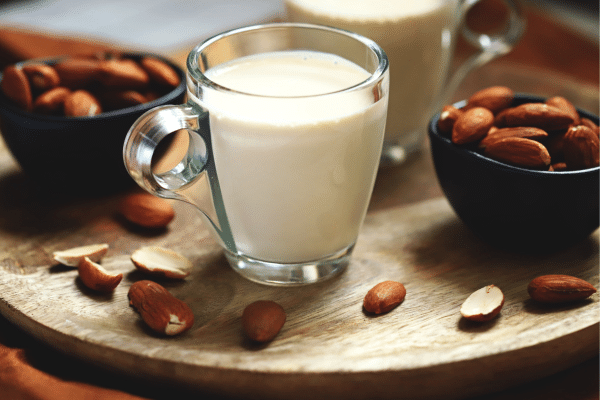
Almond milk is a low-calorie alternative to dairy milk, often enriched with vitamins and minerals. It typically contains added Vitamin D and calcium, making it a suitable option for those lacking these nutrients in their diet. However, it’s important to note that almond milk naturally contains less protein than cow’s milk. This makes it less ideal for those seeking high-protein diets but a good choice for weight management strategies. Additionally, its environmental footprint, particularly water usage, is a point of concern, requiring consumers to weigh its nutritional benefits against ecological impacts.
The health benefits of almond milk extend beyond its nutrient content. It is heart-friendly, with a low level of saturated fat and cholesterol, making it a preferable choice for cardiovascular health. Moreover, it’s a viable option for those with lactose intolerance or dairy allergies. However, people with nut allergies should avoid almond milk. The beverage’s popularity is also due to its mild taste and versatility, being easily incorporated into a variety of dishes and consumed on its own.
Soy Milk
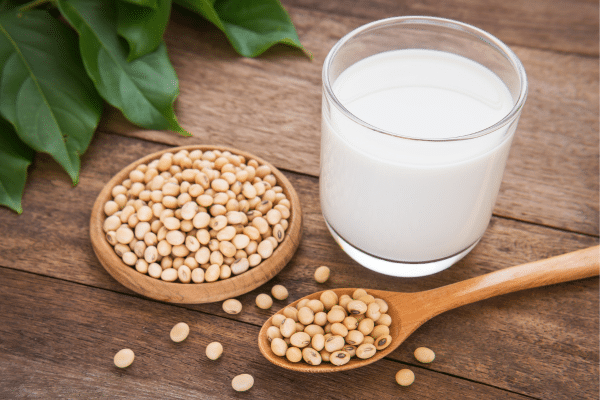
Soy milk stands out as one of the most nutritious alternatives to dairy milk. It is a good source of protein, comparable to that of cow’s milk, and is often fortified with vitamins and minerals. This makes it an excellent choice for vegans and vegetarians looking to boost their protein intake. Additionally, soy milk contains isoflavones, compounds known to have antioxidant properties, which can contribute to reducing the risk of certain diseases.
The health implications of soy milk consumption are a topic of ongoing research, particularly concerning its impact on hormone levels due to its phytoestrogen content. Despite some concerns, moderate consumption of soy milk has been generally recognized as safe and beneficial. It has been linked to a reduced risk of heart disease, primarily due to its ability to lower cholesterol levels. However, individuals with soy allergies or those with concerns about phytoestrogens should consider alternative options.
Oat Milk
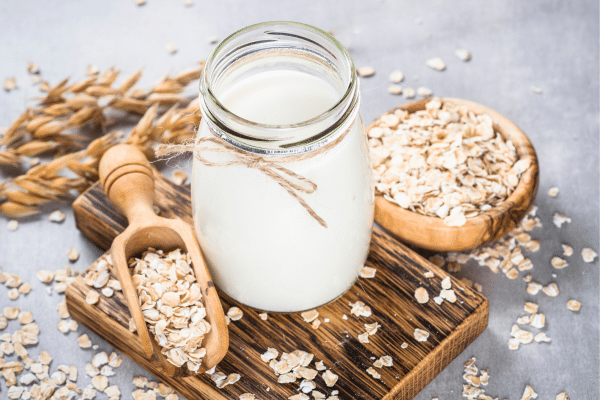
Oat milk is celebrated for its creamy texture and subtle, slightly sweet flavor, making it a popular choice in coffee shops and households alike. It’s rich in fiber, particularly beta-glucans, which are known for their cholesterol-lowering effects. Additionally, oat milk is often fortified with vitamins and minerals, including calcium and Vitamin D, to enhance its nutritional profile. Its low allergen risk makes it suitable for those with nut or soy allergies, though it’s important for those with gluten sensitivities to choose brands that guarantee gluten-free oats.
Environmental sustainability is a notable advantage of oat milk. Its production requires less water and land compared to nut-based milks, highlighting its appeal to environmentally conscious consumers. However, it’s worth noting that oat milk is lower in protein compared to soy or cow’s milk, which might be a consideration for those needing higher protein diets. Moreover, its carbohydrate content is higher, which might require attention from those managing blood sugar levels.
Coconut Milk
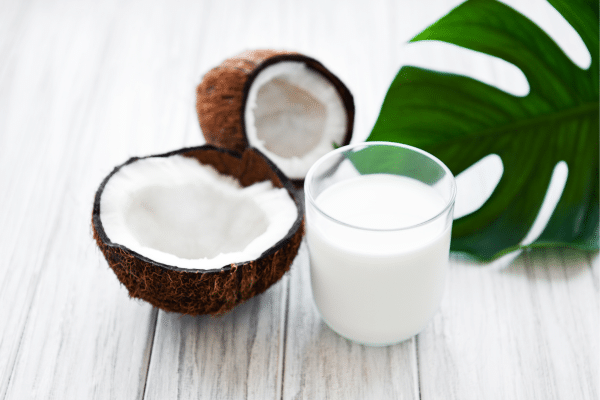
Coconut milk, derived from the meat of mature coconuts, offers a distinct flavor and rich, creamy texture. It’s a good source of medium-chain triglycerides (MCTs), which are fats that the body can easily convert into energy. This type of fat has been linked to benefits such as weight management and improved brain function. Coconut milk is also typically fortified with vitamins and minerals, although naturally, it’s not as nutrient-dense as some other milk alternatives.
However, coconut milk’s high saturated fat content warrants careful consideration, especially for those monitoring their heart health. Despite its potential benefits, moderation is key in consuming coconut milk as part of a balanced diet. It’s also less protein-rich compared to other alternatives like soy or pea milk. In culinary uses, its unique flavor and creaminess make it a favorite in tropical-themed beverages and exotic dishes.
Rice Milk
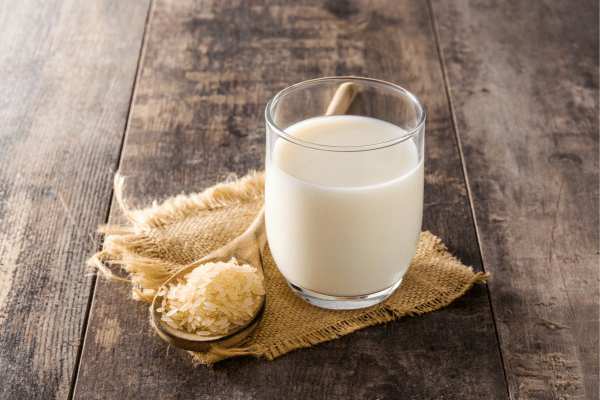
Rice milk, made from milled rice and water, is the most hypoallergenic of all milk alternatives, making it a safe choice for individuals with allergies to soy, nuts, or gluten. It is naturally sweet, low in fat, and often fortified with calcium and Vitamin D. However, it’s important to note that rice milk is relatively low in protein and high in carbohydrates, which may not align with the dietary needs of those requiring higher protein intake or managing blood sugar levels.
One of the main advantages of rice milk is its suitability for individuals with multiple food allergies or intolerances, as it’s the least likely to cause allergic reactions. However, its nutritional profile is less robust compared to some other plant-based milks, necessitating a more varied diet to ensure adequate nutrient intake. Additionally, concerns have been raised about arsenic levels in rice and rice products, making it crucial for consumers to seek out brands that test for and limit arsenic content.
Pea Milk
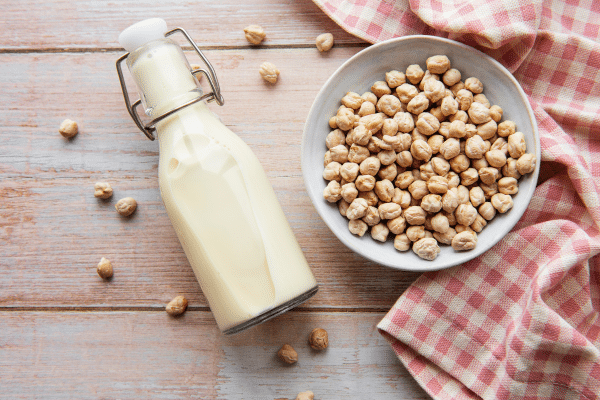
Pea milk, a relatively new entrant in the plant-based milk market, is notable for its high protein content, rivaling that of cow’s milk and soy milk. Made from yellow peas, this milk alternative is rich in iron and often fortified with other vitamins and minerals. Its protein is complete, containing all nine essential amino acids, making it an excellent choice for muscle building and maintenance. Pea milk is also low in sugar and has a low glycemic index, beneficial for blood sugar management.
Environmentally, pea milk is a sustainable choice, with a smaller carbon footprint and lower water usage compared to almond or soy milk. Its production process is efficient, contributing less to greenhouse gas emissions. Taste-wise, pea milk has a neutral flavor, making it versatile in both sweet and savory dishes. Additionally, it’s hypoallergenic, making it suitable for those with soy, nut, or dairy allergies.
Cashew Milk
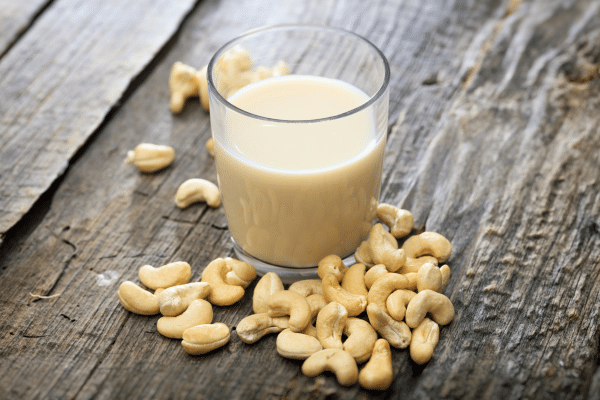
Cashew milk is known for its creamy texture and rich, nutty flavor, making it a favored choice in both sweet and savory culinary applications. It’s typically lower in calories compared to other nut milks and is often fortified with vitamins and minerals, including calcium and Vitamin B12. Cashew milk is naturally low in fat and does not contain cholesterol, making it a heart-healthy choice for those looking to maintain or reduce their cholesterol levels.
One of the key benefits of cashew milk is its versatility in recipes, easily substituting dairy milk in cooking and baking. It’s also suitable for those with lactose intolerance or dairy allergies. However, like other nut milks, it is not a high-protein option and may not be suitable for those with nut allergies. The environmental impact of cashew milk production, while lower than dairy, still requires consideration, particularly concerning water usage and the labor-intensive process of cashew harvesting.
The Bottom Line
Navigating the world of alternative milks can be complex, given the wide range of options and their differing nutritional profiles. Each type offers unique benefits, from the high protein content of soy and pea milk to the low allergenic properties of rice milk. Factors like dietary needs, health considerations, taste preferences, and environmental impact all play a role in choosing the most suitable milk alternative. Ultimately, the best choice depends on individual requirements and the desire to balance nutrition with other considerations such as sustainability and allergen concerns.


